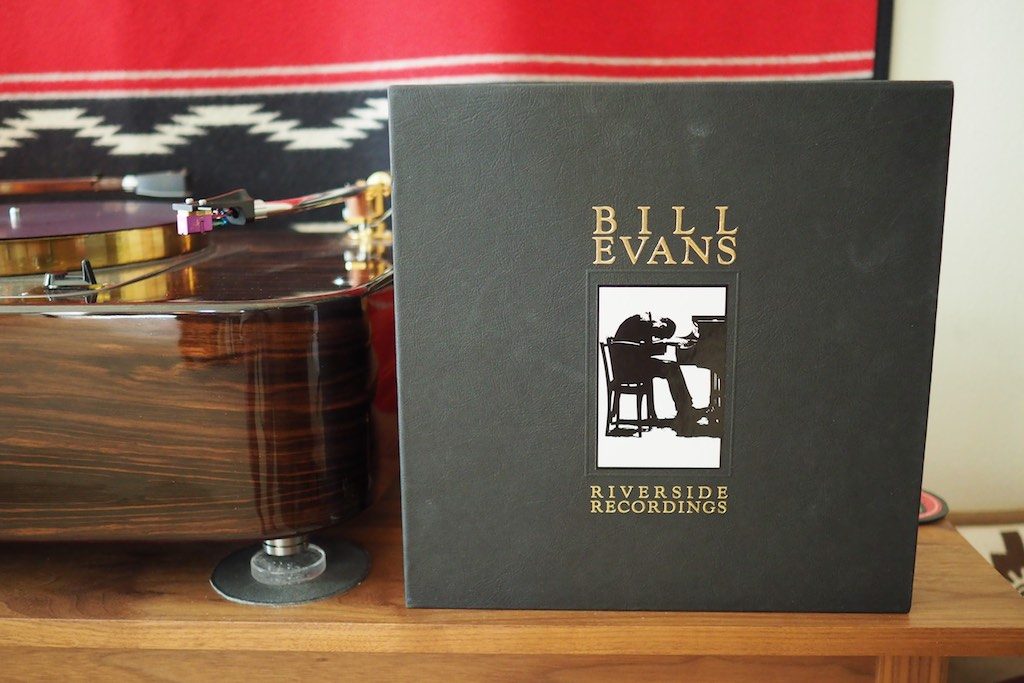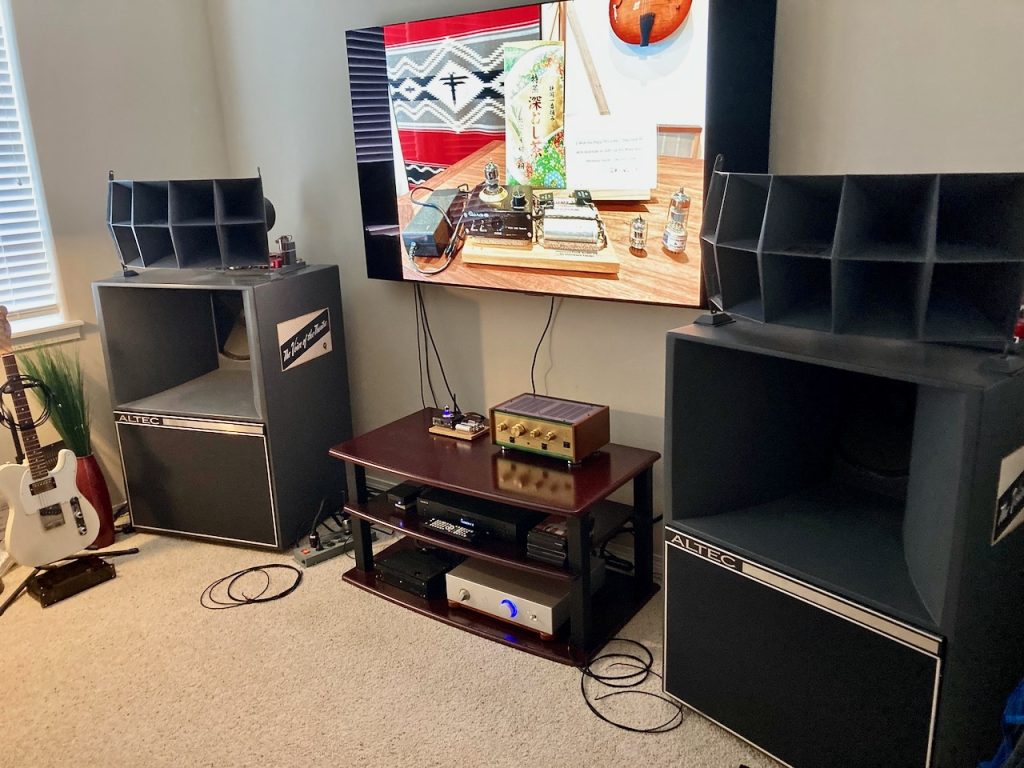Listening For Sound Quality Traits
This is yet another type of listening session I do when reviewing audio components.
I’ll focus my listening session around those sound quality traits that many audiophiles cherish.
Here I diverge somewhat from listening to the recorded musical performances to experience what they offer up to hear and feel, and shift into listening for what insights the components or audio systems recover from the recording.
I’ll listen for how ‘far’ I can aurally ‘see’ into the recorded performance, the degree of transparency a component or audio system is capable of.
I’ll listen for resolution, the amount of recovered information in the audio signal that is audibly presented.
I’ll listen for the vividness of the aural visuospatial presentation that components or audio systems are capable of.
The visuospatial presentation includes the aural soundstage information, in terms of the three dimensional aspects of the recording in width, height and depth.
I’ll also listen for the signature of the soundspace of the recording, or the space that the musicians are immersed in. To what degree can I hear the acoustic sense of space for the venue of live recordings, or the sense of ambient space created in studio recordings.
I’ll also listen for imaging, which is the ability to localize the instruments & vocalists in the soundstage’s dimensions. Are the images clearly identifiable, or kind of blurred? Are the images natural sounding like in a live performance, or do they have an artificial hologram-like nature to them? Are the images vividly present, or are they more diffuse?
Researchers have found that the brain connection in the intraparietal sulcus does processing for both visuospatial processing and transposing melodies, which may help explain why audiophiles get additional pleasure when that brain region is stimulated by processing recording artifacts containing visuospatial information, like imaging, soundstaging, and the sense of recorded space, which may co-opt the intraparietal sulcus in a way that increases the level of emotion experienced from recorded music.
Typically this style of listening session means focusing on the highest-fidelity albums of the stereo magnetic era, the albums that are continually remastered and resold to audiophiles because of their superior recording quality.
However, it can also be entertaining to explore all of the sound quality traits across the eras of recording. There’s more interesting things related to visuospatial characteristics in early recordings than you might imagine.
One thing to note is how loudspeaker setup can affect visuospatial performance. Audiophiles are noted for positioning their loudspeakers far out into a room to allow for the soundstage to bloom.
A rule of thirds/fifths sort of loudspeaker setup will accentuate visuospatial performance in stereo magnetic era recordings (and some digital era recordings).
Some loudspeakers are designed to maximize visuospatial performance, which means that if you don’t position them optimally out into your room you’ll lose much of the performance you are paying for in their design.
If for some reason you need to position your loudspeakers against a front wall, you’ll do better with loudspeakers that are designed for being close to a wall.
There can be benefits for positioning loudspeakers close to the front wall. Monaural recordings from the acoustic, electric, and magnetic eras of recording tend to have a broader and more natural sounding soundstage when you position the loudspeakers closer to the front wall.
Think of it as a ‘telescoping’ or ‘focusing’ phenomenon. If you pull your speakers further out into the room it tends to narrow the ‘focus’ of monaural recordings, clumping all the images closer together in a narrower soundstage between your loudspeakers.
Placing loudspeakers closer to the front wall tends to widen the ‘focus’ of monaural recordings and open up their imaging across a broader soundstage that can even rival that of stereo era recordings. The depth dimension of the soundstage tends to be compressed somewhat with this positioning, but that may be a worthwhile tradeoff depending on the music you like to listen to.
If you have a living space that allows for positioning loudspeakers in the room corners, or you need that sort of positioning to free up living space, then you’ll be happier with loudspeakers that are optimized for that placement. Particularly for those living in smaller spaces will benefit from this sort of approach, although it can work well in larger rooms as well.
Experiment with loudspeakers and their positioning to find out what you like.
You might like both loudspeaker positioning styles, like I do, in which case you might set up two systems to enjoy the strengths of both approaches.
Ok, there’s more listening games you can engage in, like listening for the level of emotional response, or background listening, or listening at loud or soft levels of volume, or …
I’ll save those ideas - and more - for another time.
As always, thanks for stopping by, and may the tone be with you!






























